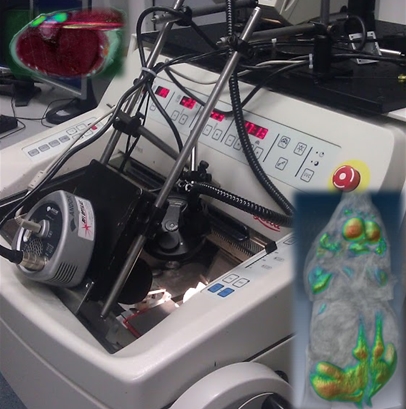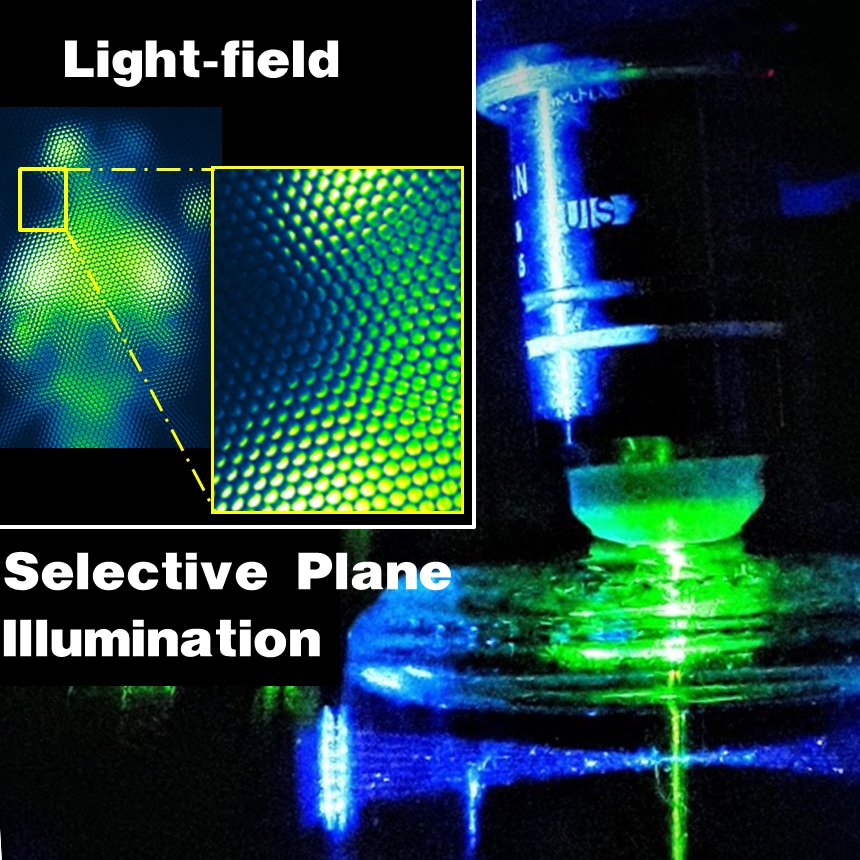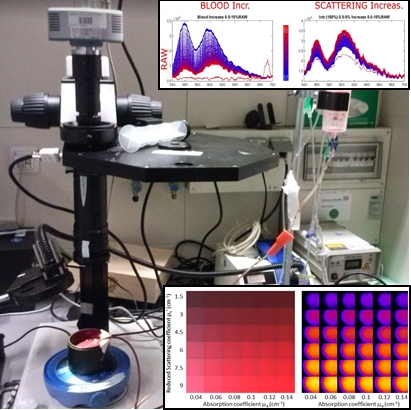Selected Publications
Full list of publications can be found on my Google Scholar profile or including abstracts, represenative figures, and link to full-text PDFs here
I am an electrical and computer engineer who aims to back-engineer complex biological systems and to discover their inner working principle and the most efficient ways to interact with them. To do so, I often have to invent and build the needed tools and methods along the way.
I am currently working at Prof. Boyden’s lab at MIT. We settled to explore instances of affective states in whole-brain dynamics and how those modulate decision-making. We are studying zebrafish larvae. To do so, we employ high spatio-temporal resolution microscopes like SCAPE and automated experimental and analysis pipelines and optimized genetically expressed indicators of neuronal activity in the zebrafish larvae model. Combining those tools with a robust theoretical framework that enables strictly defined falsifiable hypotheses and matching experimental paradigms, we try to generate the datasets that will allow shining light to non-reflexive behaviors.
I am privileged to work in a (team of) teams that augments my thinking framework and experimental observations with complementary ones either related to our model (different zebrafish genotypes, pharmacological stimulations, ex-vivo anatomical and transcriptomics maps, e.t.c) from other models, ranging from worms to human brain organoids. Being able to assist those teams in a variety of imaging and analysis needs provides constant stimulation.
Before coming to MIT, Prof. Westmeyer’s team at Munich (Germany) “hooked me up with” zebrafish research. I had the chance to build a novel tracking microscope that can capture brain imaging from freely swimming fish while learning why this was important and how to showcase it. I developed the needed mindset and skills to build such a highly automated microscope during my Ph.D. under the mentorship of Prof. Ntziachristos (TUM), where I worked in improving imaging fluorescence probes in both pre-clinical and clinical applications with a focus on cancer imaging. My undergraduate education at Technical University of Athens (NTUA) and my Master Thesis (supervised by Prof. Maragos) covered the theory and tools of signals and systems processing and fuel my interest in dynamical systems and how they give rise to chaotic (yet well defined?) patterns.
PostDoc at Synthetic Neurobiology Group, 2018
MIT - Massachusetts Institute of Technology
PhD Candidate (Dr.-Eng.) in Electrical and Computer Science, 2018
Technical University of Munich
Diploma (5 years, equivalent to Masters Degree) in Electrical and Computer Engineering, 2011
National Technical University of Athens
Full list of publications can be found on my Google Scholar profile or including abstracts, represenative figures, and link to full-text PDFs here

By adding a widefield, multispectral, reflection and fluorescence imaging system on top of a cryotome, we are able to acquire whole-body 3D anatomical and molecular information as part of the normal histopathology pipeline.

Combining Camera acquitions with either (1) single plane excitation (SPIM) or (2) detection through microlens arrays (LF)we can achieve real-time 3D information. The SPIM system provided cellular resolution through scanning, while LF is a single snashop volumetric method.

Probing tissue (and tissue mimmicking phantoms) across a wide range of visible and infrared wavelengths, enable retreaval of biological relevant information(e.g. oxygenation) and engineering optimized imaging methods and systems.
NeuBtracker is a tracking microscope for neurobehavioral interogation of Zebrafish larvae. Based on two camera and 3D scanner (xy-mirrors and tunable lens), the system can provide high resolution calcium recording from the brain of freely swimming fish with minimal pertubations.
The Professors of the Chair of Biological Imaging of the Technical University of Munich, are teaching a variety of pre/post-grad course at both engineering and Medical faculties. I am happy to be entrusted with assisting in some of them including:
Motivated students have the chance to work on related projects. I (co-/) supervised a series of PhD-, Master-, and Bachelor-level students as part of their thesis or semester research projects, in a variety of topics including: (1) HDR Fluor. Imaging, (2) Correction of Out-Of-Plane Singal in Episcopic Fluor. Imaging, (3) 3D Printing of medical data, (4) SPIM(Selective Plane Illumination Microscopy), (5&6) Tracking using CNN(Convolutional Neuronal Networks) and on Embedded Systems like NVIDIA Jetson.
During my undergraduate years, I had the chance to devote my free time to several engineering projects with strong social and environmental aspects.
In May 2006, the European Social Forum was organised in Athens and the need for a cost-effective and user-friendly interpretation system motivated the formation of AL.I.S team. The team aimed to create an ALternative Intrepration System to allow activists to express themselves in the various social forums and initiatives using an affordable, lightweight and portable interpretation system.
Later on, I did an internship at a shipyard assisting the building of the Υδριάδα. Υδριάδα is an offshore and wind/solar-powered desalination plant, build to provide fresh water in remote and off-the-grid islands in Aegean see in environmentally friendly and sustainable way.
During the last two years of my studies, I was actively involved at the management of both student organisations of the faculty of Electrical and Computer Engineering (treasurer of IEEE Student Branch, chairman of EESTEC LC Athens ). As EESTEC Local Committee Athens, we organised (fundraising, logistics, e.t.c) both academic (30 participants) and statutory (100+ participants) international events.